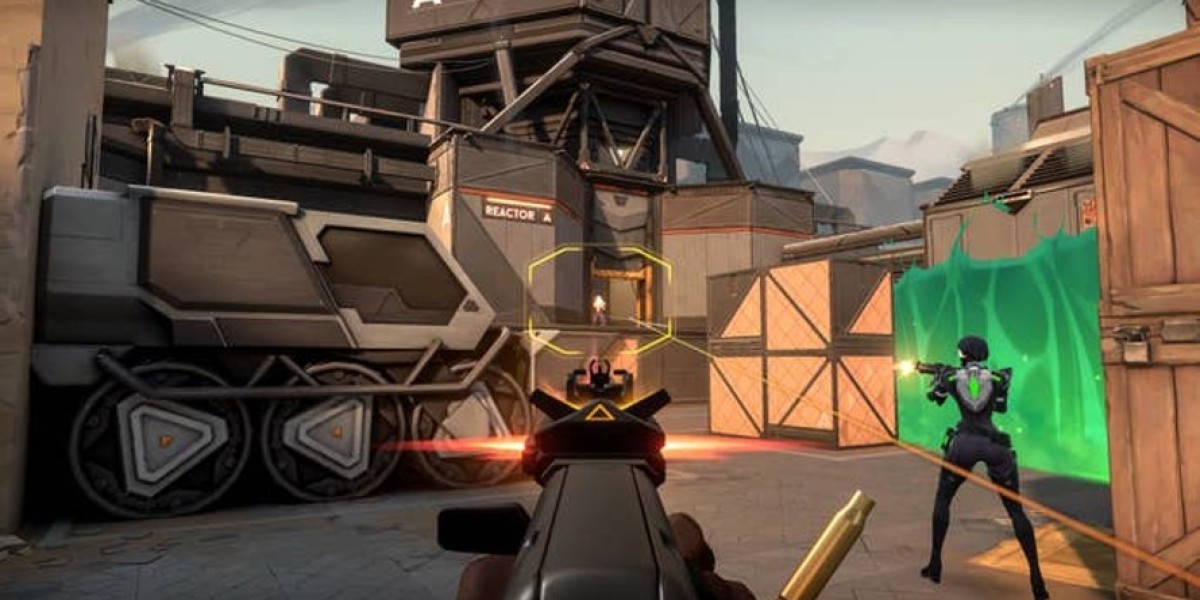Introduction: When Good Intentions Hurt Your Car’s Finish
If you spend weekends washing your car along the Virginia Beach shoreline, you’re not alone. Drivers here take real pride in their vehicles — salt air, sand, and unpredictable weather make it a constant battle to keep cars looking sharp. Yet, even the most well-meaning car owners fall prey to long-standing auto detailing myths that do more harm than good.
As someone who’s spent years around professional detailers, I’ve seen everything from dish soap disasters to “quick wax” gimmicks. The truth? Detailing isn’t just about shiny paint; it’s about protecting your car’s surfaces from the elements. Let’s separate fact from fiction and clear up some of the most common detailing misunderstandings among Virginia Beach drivers.
Myth #1: Dish Soap Works Just Fine for Washing Your Car
At first glance, dish soap seems harmless — it’s cheap, foamy, and cuts grease. But that same grease-cutting power is exactly why it’s terrible for your car’s paint.
Dish soaps are designed to strip oils, not preserve them. When used on automotive finishes, they remove wax, sealants, and protective coatings. Over time, this leaves the paint vulnerable to oxidation, UV fading, and corrosion — especially near coastal areas like Virginia Beach, where salt air accelerates wear.
Insider Tip: Use a pH-balanced car shampoo that cleans without removing protective layers. These soaps are formulated to encapsulate dirt and rinse clean, keeping your wax or ceramic coating intact.
Myth #2: Wax and Sealant Are the Same Thing
This one causes confusion even among enthusiasts. While both protect paint, wax and sealant are very different.
Carnauba wax (the natural kind) gives a deep, warm shine but lasts only a few weeks.
Synthetic sealants are engineered polymers that provide months of durable protection.
In coastal environments like Virginia Beach, where humidity and salt exposure are constant, wax alone often isn’t enough. Sealants bond more tightly to paint and resist contaminants better.
Pro Insight: Many professionals layer a sealant first, then apply wax on top for added gloss. It’s the best of both worlds — endurance and beauty.
Myth #3: You Can Skip Clay Bar Treatment if the Paint Looks Fine
Even if your car looks spotless, it doesn’t mean the paint is contaminant-free. Tiny particles from brake dust, rail fallout, and salt spray embed themselves in the clear coat over time.
Run your fingers gently across the surface after washing — if it feels gritty, that’s contamination.
Skipping the clay bar means you’re polishing or waxing on top of that debris, locking it in and dulling your shine. Clay bars remove those microscopic contaminants, giving you a silky-smooth surface for waxing or coating.
Practical Tip: Don’t overuse clay — once or twice a year is plenty for most Virginia Beach vehicles, unless you park near the ocean frequently.
Myth #4: “Waterless Wash” Products Are Always Safe
Waterless washes are popular for convenience, especially in apartment complexes or during droughts. But they’re not a magic solution.
If your vehicle is covered in sand or heavy grime — common after a weekend at the beach — waterless products can drag dirt particles across the paint, creating swirl marks.
They’re great for lightly dusty cars, but not a substitute for a proper two-bucket wash when the vehicle is actually dirty.
Personal Observation: I once saw a driver use a waterless spray after a coastal rainstorm. The result? A dull, scratched hood that took hours of polishing to restore.
Myth #5: Machine Buffing Always Damages Paint
This myth scares many car owners away from professional detailing — and unfairly so. Modern dual-action polishers are designed to minimize the risk of burning or cutting through clear coat.
Damage usually happens when someone uses a rotary buffer incorrectly or combines it with an aggressive compound. A skilled detailer knows how to measure paint depth, choose the right pad, and polish safely.
If you’re working on your own car, start slow: use a dual-action machine, mild polish, and low speed. Let the tool do the work — not your pressure.
Myth #6: New Cars Don’t Need Detailing
This one might be the most expensive myth of all. Many Virginia Beach drivers assume that since their car is new, it doesn’t need protection yet. Unfortunately, new paint isn’t invincible.
Vehicles often sit on lots for months, exposed to the elements, rail dust, and industrial fallout. Even new clear coats benefit from a ceramic coating or sealant early on — before damage occurs.
Pro Tip: Think of detailing not as a reaction but as prevention. A few hours of protection now saves years of paint correction later.
Myth #7: Automatic Car Washes Are “Good Enough”
Drive-through car washes are quick and affordable, but they often use harsh chemicals and stiff brushes that leave behind micro-scratches and swirl marks. Over time, this creates a dull haze, especially noticeable under sunlight.
If you must use one, opt for a touchless wash — it relies on high-pressure water and detergents instead of brushes. Better yet, schedule a professional hand wash every few weeks.
According Auto Detailing Virginia Beach, consistent hand washing with the right techniques is the key to long-term gloss retention and protection against the region’s salt-heavy air.
Myth #8: Ceramic Coating Means “Never Wash Again”
Ceramic coatings are incredible for protection and shine, but they’re not magic shields. They make cleaning easier, not unnecessary. Dirt still accumulates — it just doesn’t bond as strongly to the surface.
Think of ceramic coatings as a self-cleaning assist, not an excuse to skip maintenance. Regular washes using ceramic-safe soaps help the coating perform as intended.
Expert Insight: Rejuvenate your coating with a silica-based spray every few months to extend its lifespan.






